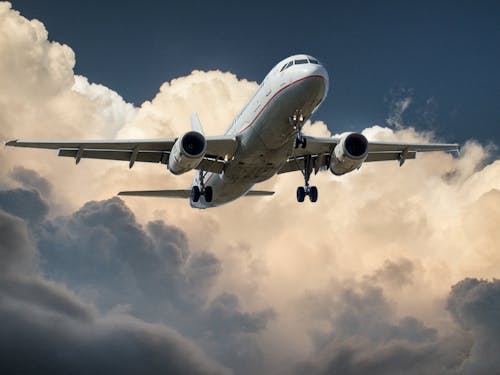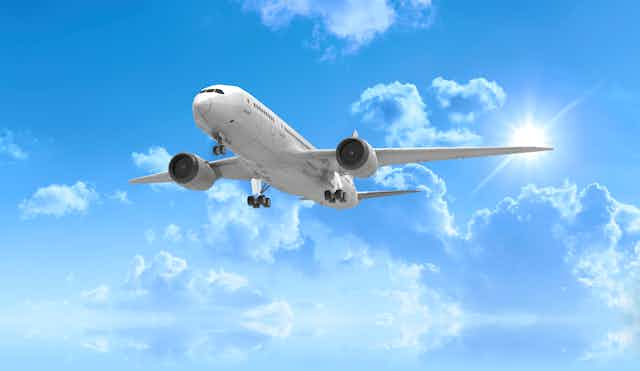Air travel has revolutionized the way we connect with the world, allowing us to traverse vast distances in mere hours. However, a common misconception persists: the belief that flying against the Earth’s rotation should significantly speed up flights. This confusion stems from a misunderstanding of how the Earth rotates and how airplanes operate within the atmosphere. Let’s explore why this notion is misleading.
When flying, airplanes operate within the Earth’s atmosphere, which is also moving with the planet. The atmosphere is influenced by various factors, including wind patterns, weather systems, and the Coriolis effect, but it moves at a relatively consistent speed with respect to the Earth’s surface. As a result, an airplane flying east or west is not significantly affected by the Earth’s rotation itself.
While the Earth’s rotation does not directly impact flight speeds, wind patterns play a crucial role in determining flight times. Jet streams, which are fast-flowing air currents found at high altitudes, can significantly affect travel times. For instance, a flight traveling eastbound may benefit from a tailwind provided by a jet stream, allowing the airplane to reach its destination faster. Conversely, a flight heading west may encounter headwinds that slow it down.
Airlines plan flight routes based on these wind patterns to optimize travel times. Therefore, it is the interaction with atmospheric conditions, rather than the Earth’s rotation, that primarily influences flight durations.